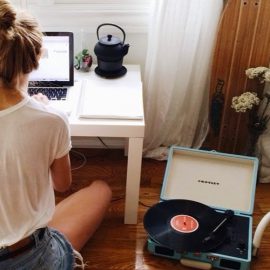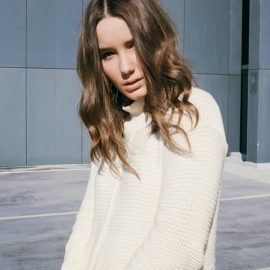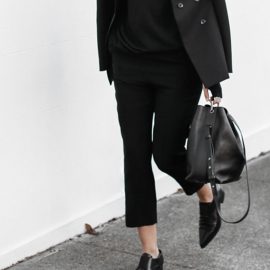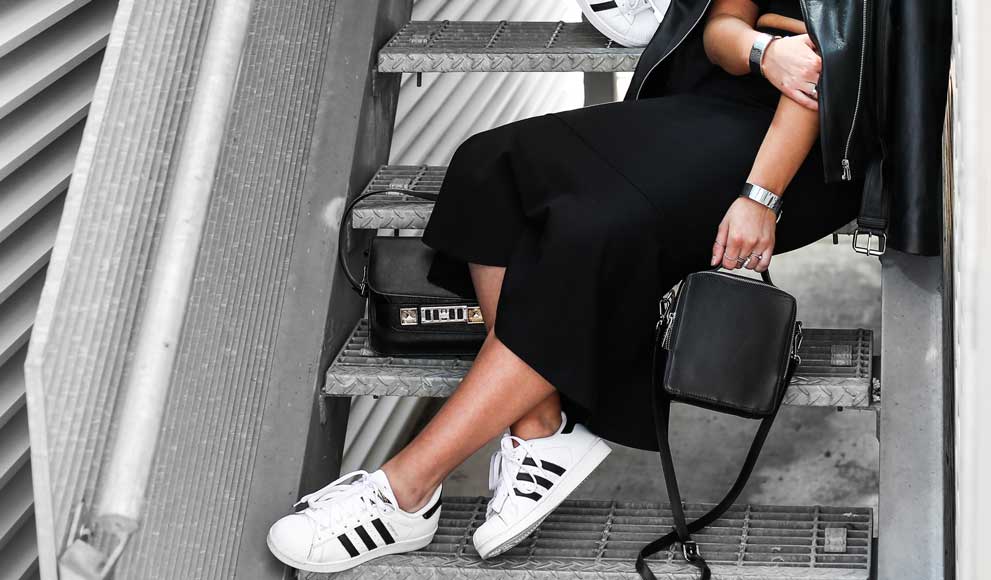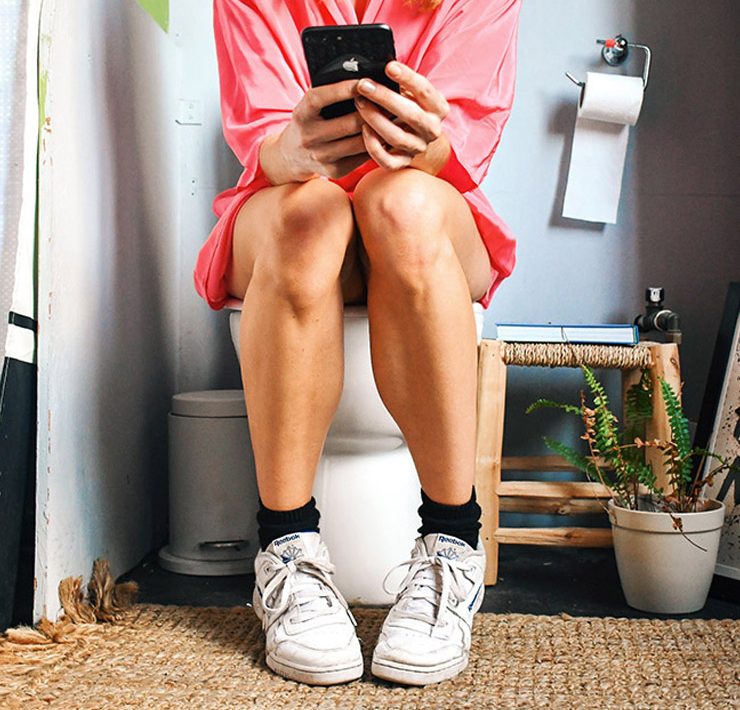Tell us about your background – what path lead you to become a graphic designer, and into the fashion industry specifically?
Growing up in a creative household in Melbourne I spent my childhood and teenage years exploring all areas of art and design from drawing to ceramics to making jewellery, taking and developing my own photos. I’ve always known I wanted to do something that expressed my creativity but wasn’t quite sure what. When I finished school I looked towards design and haven’t looked back since. Outside of design my thoughts are often consumed by my love for fashion and style and I’ve worked in retail at a few great labels like Acne Studios, Sass & Bide and White Suede. I guess it was only natural that I landed in a career that infuses my two loves of design and fashion.
Where did you study, and can you tell about the course?
Study for me was a five-year journey, which is actually quite a lot in the Graphic Design world. I enrolled in a Certificate IV in Design at Box Hill Tafe. This was where I learnt the basics and it to develop the portfolio I needed to get into the course I really wanted to do – the Bachelor of Communication Design at Swinburne University (one of the top two design schools in Melbourne). It was three years of sleepless nights and emotional moments (due to computers crashing and the occasional lost file) but I can honestly say they were some of the best years of my life. At the end of my degree I was fortunate enough to be accepted into the fourth-year honours program, which required me to develop a thesis and also included a period of industry placement.
What does a typical day at work involve for you at Stylerunner?
Working for a start-up like Stylerunner means that there is never really a typical day. We work in an exciting and fast-paced environment where we all do our bit to make sure things are running smoothly in every department. As a Graphic Designer, my main focus is on how the site looks from day to day (and how this translates to sales). This means working closely with the marketing and buying teams to stay on top of new products so I can create content to bring them to life visually. The content ranges from homepage tiles, to style and lifestyle posts that go up on our blog (The Runway) and social media pages, and weekly EDM’s. I also work across brand assets such as flyers, business cards and signage.
Your design work is the face of the business, and for many consumers, creates their first impression of the brand. With this in mind, how do you ensure you are always creating fresh designs that will leave a lasting impression with your customers?
First impressions are really important in ecommerce so I am always conscious of that when designing any element of the site. Designing for an activewear ecomm requires fresh, bright, vibrant imagery and I make sure the look and feel of the site is continually evolving. I draw inspiration from the constant supply of new and exciting products on offer and also look outside the business to the fashion, art and design worlds.
Do you find working under the framework and guidelines of a brand restrict your creative process?
As a designer you are always going to have to = work within brand guidelines, some more strict than others but it’s more or less the same process. It’s really important to understand the brand/brands you will be working across in order to accurately illustrate their message and vision. Working as an inhouse Graphic Designer at Stylerunner means that I work across one primary brand that houses other brands – I’m often working within multiple frameworks and guidelines that can sometimes be challenging. But I wouldn’t be doing it if I didn’t enjoy the challenge.
Can you list the five resources across any media that you use for creative inspiration?
Creative inspiration can come from anywhere, but my top 5 would be:
1. I’ve worked at a couple of premium fashion publications (V Magazine and Interview Magazine) and have always admired their clean and striking layouts. Now that I no longer work in print and am designing for web, I still draw inspiration from a few of my favourite publications like RUSSH, VOGUE and INTERVIEW.
2. There are so many amazing art and design books out there. I like to buy as many as I can – but unfortunately, I can’t have them all. So even a quick visit to my local bookstore is a helpful resource.
3. Art galleries and exhibitions are a constant source of inspiration and I try to get to as many as I can. Since moving to Sydney the MCA has been a regular outing.
4. I LOVE to pin. I think Pinterest is a fantastic source of visual inspiration and a great way to categorise/organise all of the inspiration you find. It also means my desktop is no longer overcrowded with the thousands of images I used to find online and save.
5. The most obvious of course is the plethora of blogs that, like most people these days, I check daily. A few of my favourites are Designspiration, fffound and Miss Moss.
What makes a good graphic designer? What skills (both personal and practical) are necessary for success?
First and foremost you need a good eye for design. A good designer is someone that can create a strong visual leaves a lasting impression, so this means you’ve always got to be thinking of new ideas and constantly be innovative.
Be a problem solver. You need to understand that every client you have or any company you end up working for wants to work with a designer who is a good problem solver and can deliver them what they want.
Be able to manage your time effectively.You’ll constantly find yourself juggling multiple tasks at once, you’ve got to know how to stay on top of things and make sure to keep your cool so you get things done within deadlines.
Be organised. This is often easier said than done. One way I stay organised is by keeping a list of my days tasks to ensure I don’t forget anything. It’s also pretty rewarding crossing things off when you’re done!
@stylerunner
@naammi

